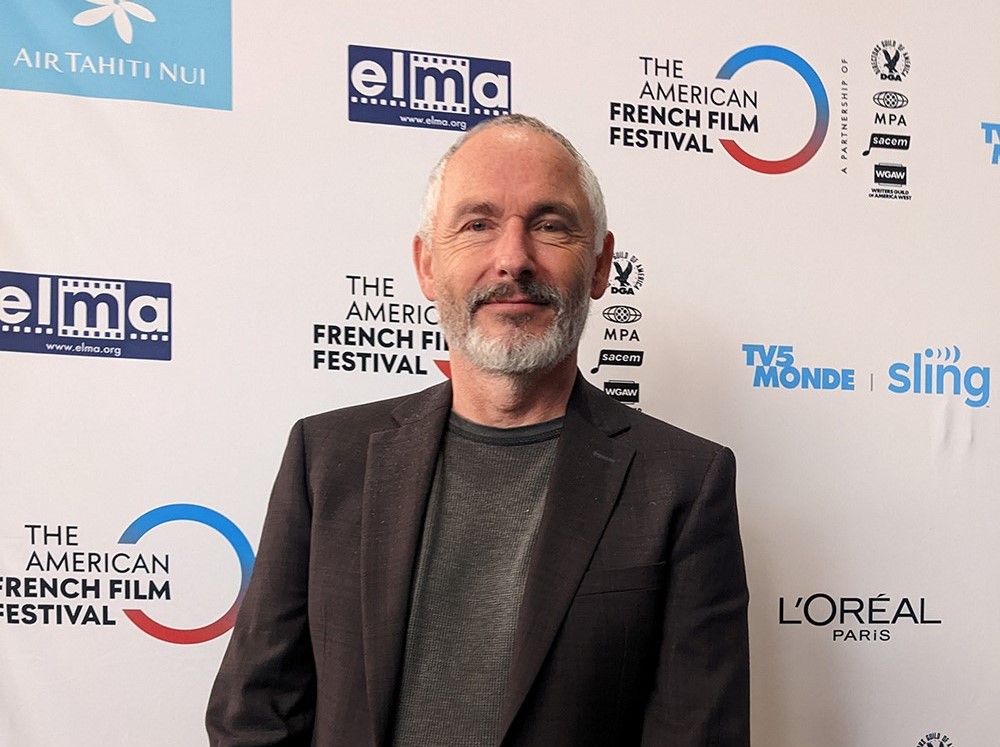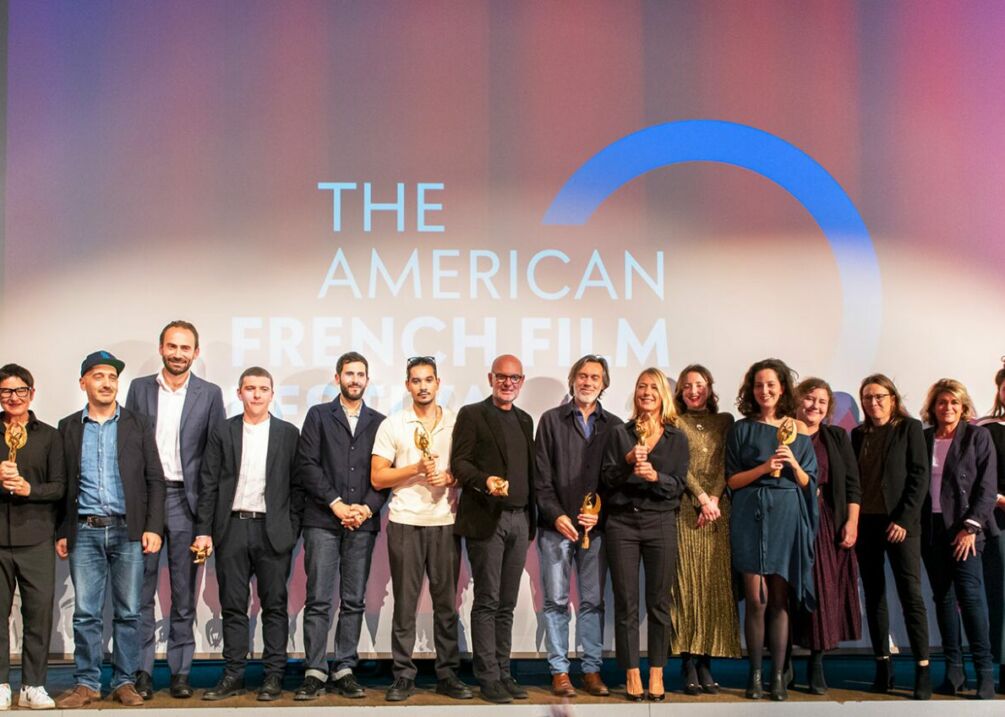Anatomy of a Fall’s five Oscar nominations are the result of a masterful roll-out strategy in the United States. How can both its success and those nominations be explained? François Truffart, Executive Producer and Artistic Director of TAFFF, The American French Film Festival in Los Angeles, provides some insights.

“The moment the film was honored in Cannes, it aroused keen interest from American critics. Since then, it has met with success, not only in the United States and France, but in every country it’s been distributed in. The universal nature of the subject, in addition to its artistic qualities, spectacularly underlined by its Oscar nominations for directing, acting (for Sandra Hüller) and writing, are one reason. A Golden Globe Award for Best Screenplay and an Oscar nomination for Best Original Screenplay – competing against films like Oppenheimer, Poor Things, Barbie, Winter Break and Killers of the Flower Moon –testify to that. American audiences and critics have praised the film’s innovative nature and its ability to embrace and renew several genres simultaneously (psychological drama, family drama, thriller and courtroom drama). Its analysis of human emotions is complex and its story and dialogue are breathless and fluid. The film tackles the multiple issues of marriage, relationships between men and women, between parents and children, creative rivalry within a couple, and a confrontation between judicial truth and literary truth. Yet it constantly avoids any kind of Manichean deduction, allowing us to interpret the film’s resolution based on our own sensitivity and personal experience. The principle of viewer identification with the various characters plays out fully here, making the film universal and offering a highly original cinematic experience, as compared to other films it is currently competing with in Hollywood.
“But those qualities alone are not enough to attract an audience in the United States and garner nominations in major categories. The film has benefited from an exceptional release strategy usually reserved for American films. On the heels of Cannes, Neon, the film’s distributor, was convinced of its potential, especially for possible Oscar nominations, and chose to launch a wide theatrical release, especially in multiplex networks across the country — a rare move for a partially subtitled film. That release was bolstered by an intense promotional campaign, in which Justine Triet, of course, played a very active role, with special screenings for professionals and the press in New York and Los Angeles. That was followed by a streaming release just before the Christmas holidays. The idea was to give the film maximum exposure, by making it extremely visible, popular and therefore a must-see for all voters during the awards season. Box-office results prove that, risks aside, Neon – a distributor seasoned in the release and promotion of foreign films with their eyes on the Oscars (the company also distributed Parasite, among others) – was right to believe in its film.”
Justine Triet has a long history with The American French Film Festival.
“The fact that Anatomy of a Fall was selected to participate in the 2023 festival (which ultimately was canceled) was part of Neon’s promotional campaign. The distributor was targeting an important segment of our audience, which is made up of members of the Academy, the Hollywood Foreign Press Association (Golden Globes) and various professional organizations voting for their own Awards (the DGA, WGA, Los Angeles Film Critics Association, etc.). But that wasn’t Justine Triet’s and co-writer Arthur Harari’s first time to be selected for the festival. The Golden Globes have confirmed that they are at the forefront of a new generation of French directors and screenwriters, but they enjoyed their first exposure in Hollywood thanks to the festival, whose mission is, among other things, to introduce new French talent to members of the American film industry. As such, we programmed Triet’s first film, La Bataille de Solferino, in 2014, and Harari’s first film, Onoda, 10,000 Nights in the Jungle, had its American premiere as the closing film at the 2021 festival. It’s very satisfying to bet on new talent, by selecting their films, and to witness their recognition by their American peers a few years later.”
How do you explain the success of French films in the ongoing Oscar race? (e.g. The Artist, Les Misérables, La Môme, etc.).
“Each case is unique, but there are some similarities. First of all, there’s the American distributor’s financial and strategic ability to launch an Oscar campaign, like the one so successfully implemented by Neon for Anatomy of a Fall. La Môme, which opened the festival in 2006, reaped the rewards of an exceptional campaign, led by a specialist, Bob Berney of Picturehouse, around Marion Cotillard – a campaign that led to two Oscar wins (for Best Actress and Best Makeup). The same was true for The Artist in 2012, which nabbed 10 nominations and five Oscars. In addition to the film’s artistic qualities, distributor Harvey Weinstein’s genius move was to use the fact that it was a silent film set in Hollywood to pass it off as an American film. Then there was Michael Haneke’s Amour, which moved voters and, thanks to the promotional skills of Michael Barker and Tom Bernard at Sony Pictures Classics, received five nominations. More recently, we could mention Ladj Li’s Les Misérables, which was launched as the opening film of our 2019 festival and was nominated for an Oscar, thanks to Amazon Studios, or Florent Zeller’s The Father, a 2022 French-English co-production distributed by Sony Pictures Classics, which also received multiple nominations and awards. Their success can be explained by another similarity – they are, each in its own way, films that are both artistically demanding and appeal to a wide audience. All the films and series that have won awards at The American French Film Festival over the past twenty years are proof of that. That’s probably the key to the Academy’s declaration of love for Justine Triet’s film. It’s a work that, in its own way, brings together art films and films aimed at the general public. Added to all this is the seemingly profound change in the choices made by voters who no longer hesitate to nominate a non-American film in several major categories. With The Zone of Interest, there are even two this year. The evolution of the Academy membership, which is now skewing younger, more diverse and more international, has undoubtedly had something to do with it.
Also read Golden Globes, Oscars: how far will Anatomy of a Fall go?



